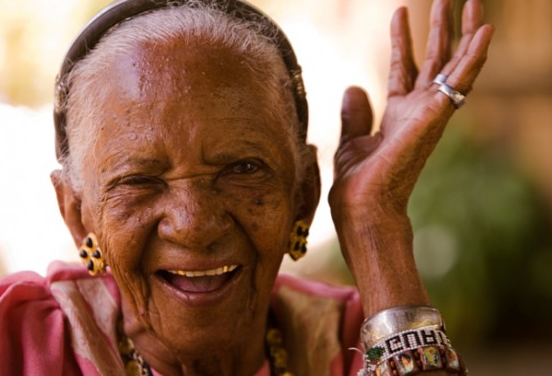Costa Rica Health News – One of the many things economic development buys is longer life. In countries with per-capita GDPs of $1,000 to 2,000 per year, like Haiti, people can expect to die when they’re about 60, but when that figure rises to $40,000 per year, like in Japan, people live until they’re about 80 on average.
 This is, however, not the case among poor Americans, who are dying younger in greater numbers, or in so-called “overachiever” countries like Costa Rica, where people live about as long as Norwegians even though they’re about as poor as Iraqis.
This is, however, not the case among poor Americans, who are dying younger in greater numbers, or in so-called “overachiever” countries like Costa Rica, where people live about as long as Norwegians even though they’re about as poor as Iraqis.
Now, a surprising new study shows that in terms of mortality, it’s actually better to be poor in Costa Rica than poor in the U.S.
According to research published by Luis Rosero-Bixbya from the Universidad de Costa Rica and William H. Dow from the University of California, Berkeley, in the Proceedings of the National Academy of Sciences, the richest Americans do indeed live longer than the richest Costa Ricans—something you’d expect when comparing a global economic powerhouse to a tiny Latin American country. But Costa Ricans in the lowest fourth of the country’s income spectrum have a significantly lower age-adjusted mortality rate than their counterparts in the United States.
“From a life-expectancy standpoint, it is thus better to live in Costa Rica for low-[income] individuals, whereas it is better to live in the United States for high-[income] people younger than 65,” Rosero-Bixbya and Dow write.
The difference does not come down to income inequality, as measured by the Gini index. Inequality is higher in Costa Rica than in the U.S. However, life expectancy outcomes are more unequal across the economic spectrum in the U.S. than in Costa Rica. Poor Americans under 65 die at a rate 3.4 times higher than their rich counterparts, while that difference is just 1.5 in Costa Rica.
The authors are not sure why, but they have a few guesses:
- Universal health care: In 2011, 86 percent of Costa Ricans were covered by the country’s public health-insurance system. The rest get subsidized or free care, depending on their ability to pay. The study authors found that 35 percent of the poorest Americans are uninsured, compared with just 15 percent of the poorest Costa Ricans. Meanwhile, the country’s per-capita health expenditures are a tenth of America’s.
- Obesity: One way the authors tried to determine the reason for the disparity was by looking at how much various health factors differed within the income spectrum of each country. Costa Ricans are less likely to be obese overall, and there’s less of a difference in the obesity rate between the rich and poor in Costa Rica than in the United States.
- Smoking: The mortality difference among the poor in the two countries is driven mainly by just two causes of death, lung cancer, and heart disease. “U.S. men have four times higher risk of dying by lung cancer and 54 percent higher risk of dying by heart diseases than Costa Rican men,” the authors note. The smoking rates of the poorest Americans are much higher than that of the richest Americans, while the rate doesn’t vary nearly as much in Costa Rica.
This study provides further evidence that in the U.S., money buys health, to an extent not seen in other countries. There’s nothing that puts that in stark relief like looking at the long, healthy lives of poor foreigners.
By OLGA KHAZAN, The Atlantic

